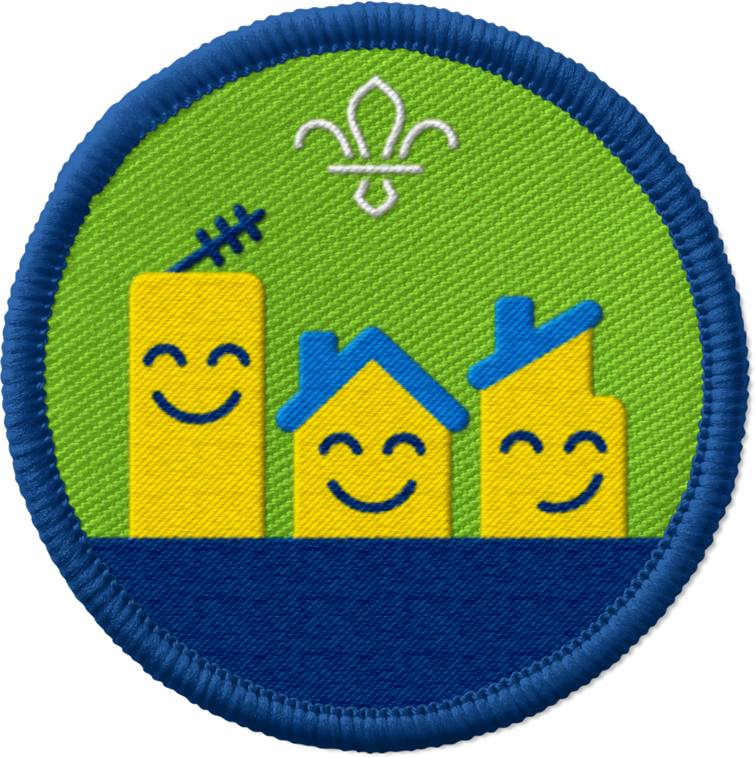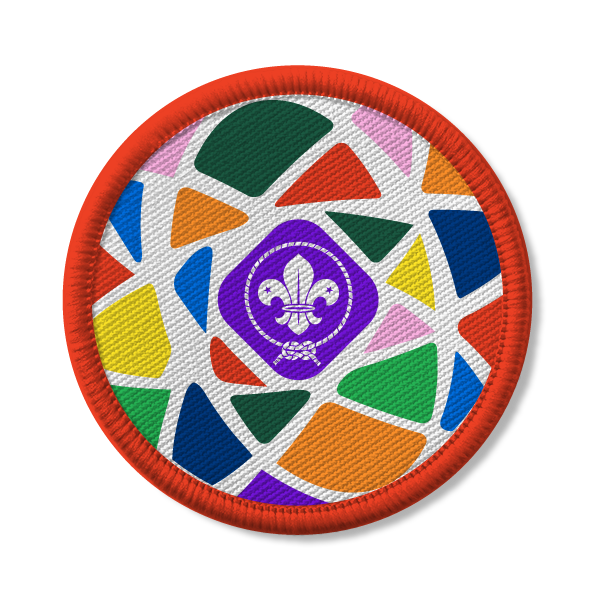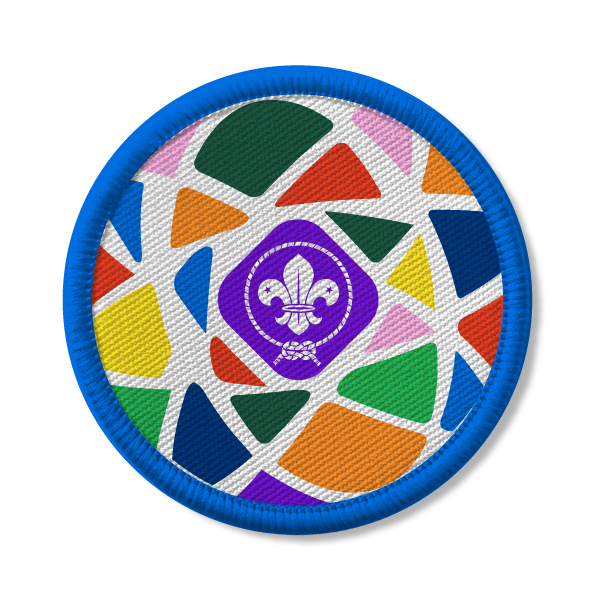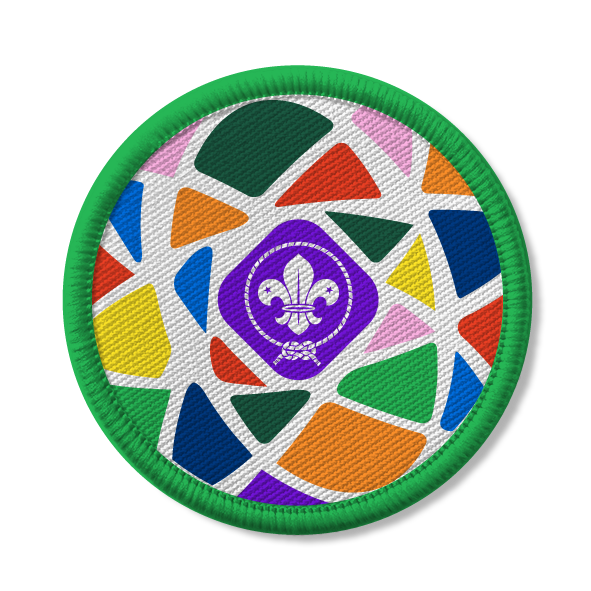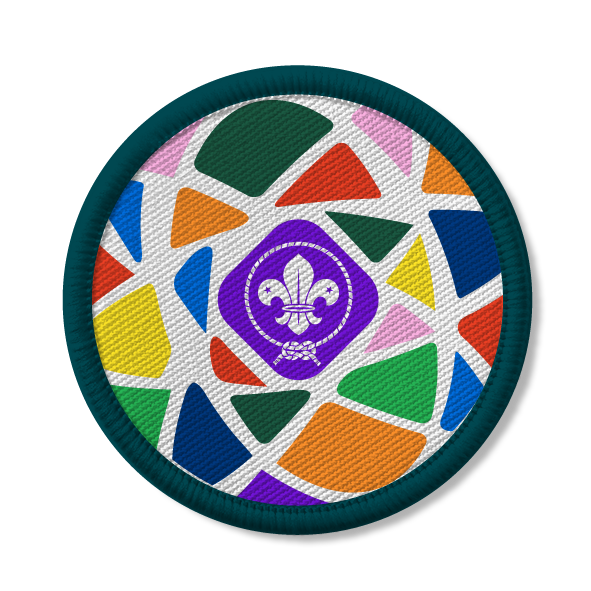
Go litter picking
You’ll need
- Strong gloves
- Litter pickers (optional)
- Rubbish bags
- Hand sanitising gel
Before you begin
- Use the safety checklist to help you plan and risk assess your activity. We’ve more guidance to help you carry out your risk assessment, including examples.
- Make sure all young people and adults involved in the activity know how to take part safely.
- Make sure you’ll have enough adult helpers. You may need some parents and carers to help.
Planning and setting up this activity
- Choose an appropriate, accessible outdoor area that’s away from roads or steep banks. You may need to think about avoiding steps, being close to public transport, or steep gradients or including frequent breaks.
- Use your risk assessment to help identify any other hazards, such as sharp objects. Make sure you include any more unusual hazards too.
- Make sure parents and carers know exactly where you’ll be, what people may need to bring, the day, the location, and when and where to drop off and collect everyone. Have a suitable, well-lit place for drop off and collection, away from any traffic.
- Tell everyone to wear suitable clothing and footwear. Make sure you have suitable, durable gloves that will protect everyone’s hands, such as work or gardening gloves.
- If you’re planning a bigger litter pick and need to borrow some equipment, you could get in touch with your local council – they’ll often lend items to groups.
- If you spot a big problem that’s causing damage or danger to the environment, you should report it on the Government website.
- Check the weather forecast and sunset times. Everyone should come dressed for the weather and activity, being prepared for the weather to change. Make sure that you’ll have sufficient light throughout the activity. It’s best to run this activity on lighter evenings, such as in summer.
- If you’re doing a beach clean, always be careful when near water. The guidance on activities near water will help you to keep your group safe. Always move slowly on slippery seaweed or rocks. You should always check the tide times and follow any beach safety signage. You can find out more about RNLI beach signs.
Running this activity
- Gather everyone together and explain you’re going litter picking.
- Everyone should head out to the outdoor space or meet at the chosen venue.
- Explain that people use a lot of things in their daily lives, so they often end up creating a lot of waste. Ask everyone if they can think about what they’ve thrown away today. Hopefully everyone made sure they put their rubbish in a bin and recycled it or kept it to reuse if they could. Can anyone share an example of something they recycled or have kept to reuse?
- Tell everyone that some people aren’t responsible with their rubbish. Not everyone makes the effort to find the nearest bin or take it home – some people leave or drop their rubbish, and it becomes litter in the environment. Sometimes people drop litter accidentally, and sometimes it’s blown from bins that are too full.
- Have a safety briefing for litter picking, then hand out the equipment. Explain the boundaries of the litter picking area and where the no-go zones are. If you’re covering a wider area, it’s a good idea to get everyone in pairs, so they’re not alone. If you’re near a road, extra adult supervision is important. Tell everyone where adults will be around the site and what people should do if anyone in their team needs help. This should include setting memorable spot where an adult will stay at all times. Explain the signal to stop play and how long the activity will go on for. A long blast on a whistle works well as a signal to stop the activity.
- See if anyone can think of any ways to organise what they find if you want to recycle it. You might want to collect recyclable items in a different bag from non-recyclable items, for example. Depending on how your recycling is collected locally, you might need to have different bags for different types of recycling.
- Everyone should get started litter picking. You could set everyone a challenge to collect a certain number of items, or you could see who can collect the smallest, biggest or most unusual items.
- When everyone’s finished, gather back together. If you can, ask everyone to wash their hands. If not, people could use hand sanitiser and not touch their mouths, eyes or faces until they can wash their hands.
- Ask everyone what harm the litter may have caused if it was left where they found it. Explain that as well as making the environment less enjoyable for humans, litter can harm wildlife. Animals can get trapped in it, get injured on its sharp edges, or get hurt when they try to eat it.
- Always wear gloves and use a litter picker.
- Cover any cuts (however minor) with surgical tape or a waterproof plaster.
- Wash hands and forearms before eating, drinking or going to the toilet, as well as when you finish.
- Keep your hands away from your mouth, nose and eyes while litter picking.
- Always tell an adult if you see any sharp objects, such as broken glass and disposable barbecues. You’d need to collect broken glass very carefully, and it needs to go in a separate, secure container.
- Never pick up dangerous or harmful items. If you spot any of these things, record the location and report it to your local council or whoever owns the land. You should never collect:
- needles or syringes
- anything with human waste, such as nappies
- broken lightbulbs
- anything that might contain dangerous chemicals, such as unidentified cans or canisters.
- If you’re not sure what something is, leave it where it is, and go and check with an adult.
- Avoid hazardous areas, such as deep or fast-flowing water, steep, slippery or unstable banks, sharp rocks, derelict buildings, busy roads and electric fences (which are identified by yellow warning signs).
- Never work alone and always stay with an adult.
You can find more litter picking guidance from Keep Britain Tidy, including what can be recycled.
Reflection
This activity was all about litter picking. Has anyone noticed any issues with litter in their area? How does it make them feel? Did they find lots of any particular type of litter? Were there any unusual items? What material was the litter made of?
Was there a lot of plastic? Plastic is cheap, light, and tough, so it’s often used for holding things that we use, such as bottles of water or other drinks. What could be some alternatives and how could you encourage your local community to reuse, recycle and reduce their waste, as well as put litter in bins?
Safety
All activities must be safely managed. You must complete a thorough risk assessment and take appropriate steps to reduce risk. Use the safety checklist to help you plan and risk assess your activity. Always get approval for the activity, and have suitable supervision and an InTouch process.
- Outdoor activities
You must have permission to use the location. Always check the weather forecast, and inform parents and carers of any change in venue.
- Sharp objects
Teach young people how to use sharp objects safely. Supervise them appropriately throughout. Store all sharp objects securely, out of the reach of young people.
- Rubbish and recycling
All items should be clean and suitable for this activity.
- Heavy and awkward objects
Never lift or move heavy or awkward items alone. Ask for help or, if possible, break them down into smaller parts.
- Poles and long objects
Be careful when moving poles or long items. Take care if the ends are sharp. Have appropriate supervision for this activity.
- Visits away from your meeting place
Complete a thorough risk assessment and include hazards, such as roads, woodland, plants, animals, and bodies of water (for example, rivers, ponds, lakes, and seas). You’ll probably need more adult helpers than usual. Your risk assessment should include how many adults you need. The young people to adult ratios are a minimum requirement. When you do your risk assessment, you might decide that you need more adults than the ratio specifies. Think about extra equipment that you may need to take with you, such as high visibility clothing, a first aid kit, water, and waterproofs. Throughout the activity, watch out for changes in the weather and do regular headcounts.
- PPE
Before completing this activity make sure you have suitable personal protective equipment (PPE). This could include eye or ear protection, gloves, and anything else you need to protect yourself. You’ll know what you need as a result of completing the risk assessment for the activity.
- Your litter pick can be on any scale. You could stick to the area around your meeting place, or go somewhere like a local park.
- While you’re litter picking, you could also assess the local waste facilities. How easy is it to find a bin? Are there enough bins? Are there recycling bins available? Could the waste facilities be improved?
- It’s up to you how much detail you go into when you talk about the impact of litter. Adjust it to fit your group.
- When choosing a place to do your litter pick, consider the terrain and environment – does it work for everyone?
- Make sure you have enough adults to give each young person the support they need. How many adults you need will depend on your group.
All Scout activities should be inclusive and accessible.
You could use your experience to organise a big litter pick with other groups or with the community. You could use your big litter pick to raise awareness around the impact of our waste on the environment. Has anyone noticed an issue in a local area that you could focus on?
Young people could help plan the best way to do the litter pick. You could use it as an opportunity to start thinking about different ways you could take action in your community.


